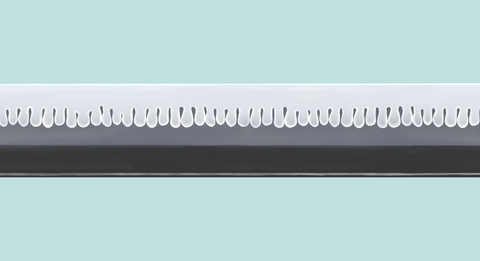Choji in Japanese Katana terminology
丁子 (Choji)
What is Choji in Japanese Katana terminology?
Choji refers to a type of blade pattern (Hamon) in Japanese swords. The name ""丁子"" (Choji) comes from its resemblance to the shape of cloves, a type of spice. The pattern looks like a string of clove buds.
There are several variations of the Choji pattern, including:
- ""重花丁子"" (Juka Choji): A pattern where additional Choji patterns are layered on top of the original, creating a look of overlapping flower petals.
- ""逆丁子"" (Saka Choji): A pattern where the 'feet' of the Choji pattern extend towards the blade tip, creating a slanted look.
- ""足長丁子"" (Ashinaga Choji): A pattern where the 'feet' of the Choji pattern are elongated.
- ""互の目丁子"" (Gunome Choji): A pattern that combines the Choji pattern with the 'Gunome' pattern, which resembles a series of round Go stones.
- ""袋丁子"" (Fukuro Choji): A pattern where the Choji pattern is enclosed in a 'bag' shape.
- ""蛙子丁子"" (Kawazuko Choji): A pattern that resembles a frog's child, hence the name.
Each of these variations adds a unique aesthetic to the sword, demonstrating the skill and creativity of the swordsmith.







